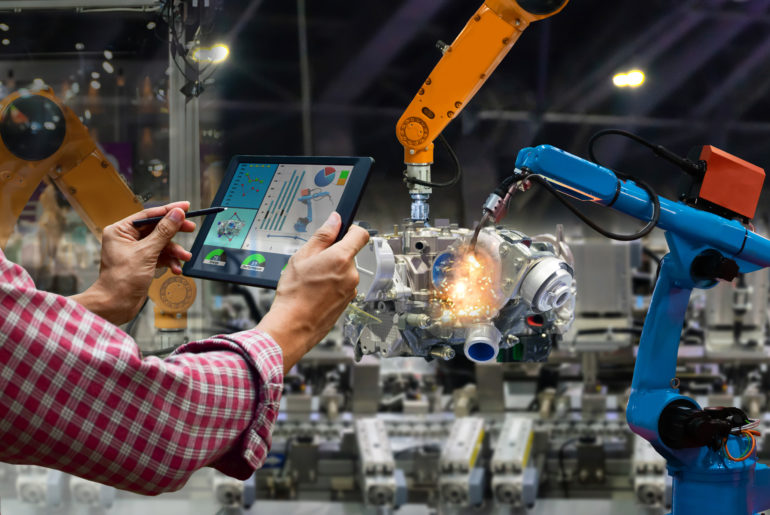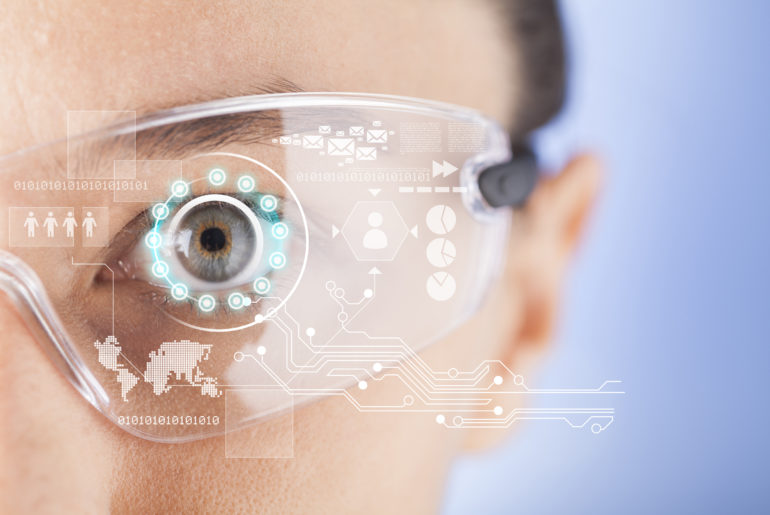The Internet of Things market continues to grow and evolve as enterprises re-prioritize digital resiliency. Explore the market landscape with IDC.
The evolving blockchain product offers more robust and capable application tools critical to patch existing vulnerabilities. Explore the evolving market with IDC.
By 2023, over 50% of new IT infrastructure will be deployed at the edge. Explore the different types of edge that have evolved with IDC’s Dave McCarthy.
The craziness that is the Consumer Electronics Show (CES) is
and always will be the blur to jump start my recovery from the holidays. It
remains one of the busiest weeks on the calendar for any attendee, much less an
automotive industry analyst. At the event, I formally met with more than 30
automotive suppliers and manufacturers (not including all the informal
introductions, run-ins, and booth/coffee chats), all eager to provide updates
on their latest announcements, partnerships, and investments. If time and
travel wouldn’t have been a constraint, that number would have been much
higher.
Following a variety of small scale 5G rollouts in 2019, the rubber is hitting the road in terms of making the next-gen cellular technology available to the masses with the recent low-band spectrum 5G launches from AT&T and T-Mobile. For the past month, I have been putting those recent deployments through their paces and came away with a few impressions on low-band 5G’s impact on today’s user experience.
We’ve discussed how crowded the overall Internet of Things (IoT) market is, but the ultimate value in IoT lies in IoT applications. However, IoT applications require a strong technology base in order to be successful; hardware, other software platforms and software analytics, and connectivity are all important pieces to the IoT applications puzzle.
For the past few years I’ve been covering the Augmented Reality and Virtual Reality (AR/VR) market and over the years I’ve seen some impressive demos. For VR headsets these usually revolved around some sort of game or other-worldly experience — the kind of stuff that’s always fun and exciting for users.
Earlier this summer, my friend’s daughter began a new job, her first one right out of college. Amidst all the usual starting-a-new-job hubbub of picking health insurance and setting up her direct deposit, she was also faced with getting her hardware – laptop, tablet, and smartphone – selected and set up. It’s a task many of us are usually faced with, and don’t spend too much time thinking about. However, not long after starting her job, she called me at work with a question:
“Ramon, which wearable should I get?”
By now you’ve probably heard about this next generation of cellular connectivity thing known as 5G. Nationwide advertising campaigns tout the ability to play multiplayer games on the move and logos are already changing on our phones. You might even think you have it via the 5G (GHz) channel on your WiFi router. Mobile operators began announcing launches of one form of 5G service or another beginning late last year and are continuing through 2019. Leading academics and engineers have already moved on and started talking about 6G and 7G. The 5G era is signed, sealed and delivered, right?








